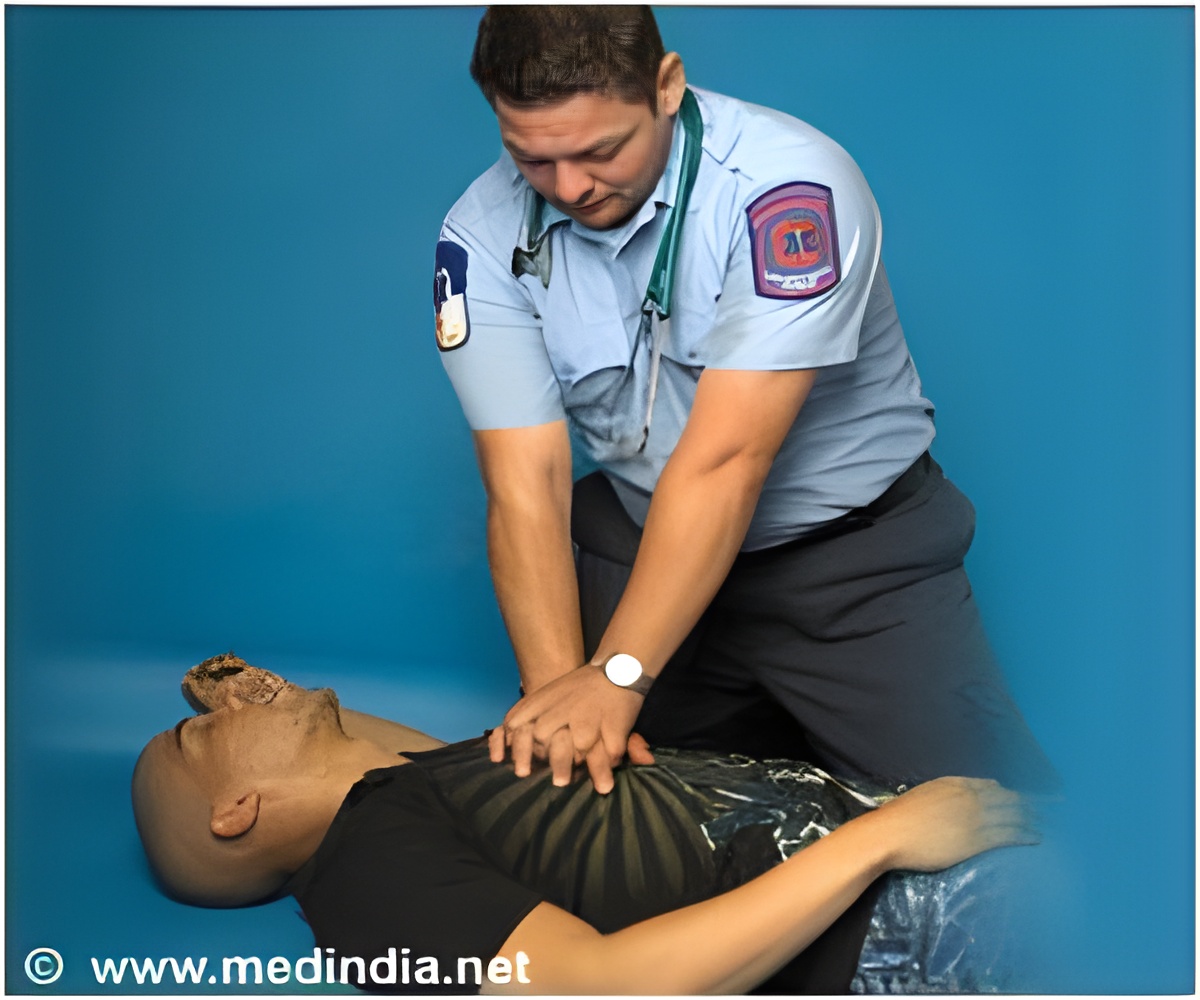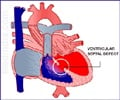Researchers have found that rural areas and communities in South, Midwest and West have lower rates of cardiopulmonary resuscitation training.

Researchers analyzed CPR training in 3,143 counties with 13.1 million people in the U.S., using data from the American Heart Association (AHA), the American Red Cross (ARC), and the Health & Safety Institute (HSI). Researchers looked at the association between annual rates of CPR training completion and a county's geographic, population and health care characteristics.
According to study results, counties with the lowest rates of CPR training (less than 1.29 percent) were more likely to have a higher proportion of rural areas, black and Hispanic residents, a lower median household income, a higher median age, and fewer physicians. Counties in the South, Midwest and West were also more likely to have lower rates of CPR training than those in the Northeast.
"Future research should be directed toward understanding whether targeted and intensive CPR training will narrow existing disparities in rates of bystander CPR and OHCA survival in these vulnerable communities," the authors conclude. "With regard to rural areas, more studies are needed on interventions that target the entire chain of survival."
Source-Eurekalert









